How to maintain a fresh scent in the toilet?
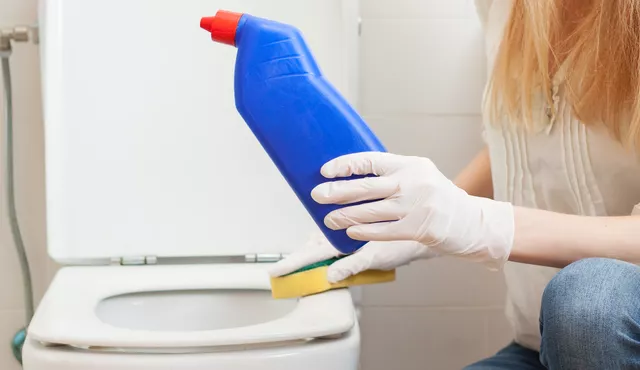
Public toilets, especially those heavily used, such as in shopping centers, health centers, large schools or office buildings, are places where we struggle with various problems. They require a proper cleaning system. The most common problems include overcrowding, insufficient supply of consumables, and dirt and unpleasant odors, which can be very bothersome. We suggest how to deal with them.
TABLE OF CONTENTS
TABLE OF CONTENTS
- Causes of unpleasant odor in the toilet
- Professional cleaning equipment
- Toilet cleaning organization
- Surfaces most commonly overlooked by cleaning staff
- How to use air fresheners in toilets
Causes of unpleasant odor in the toilet
Unpleasant odors in public toilets can have various sources. The most common cause is inadequate and infrequent cleaning, complete omission of certain areas during cleaning, poor ventilation of the rooms, and incorrect, too short disinfection.
Helpful in effectively diagnosing areas that require special attention when cleaning the toilet may be the use of a UV lamp. With the light off and the windows covered, the UV lamp indicates where body fluids, such as urine, blood, and saliva, are located. The effect of the lamp experiment can be surprising, as clouds of bacteria can settle in different parts of the room.

Helpful in effectively diagnosing areas that require special attention when cleaning the toilet may be the use of a UV lamp. With the light off and the windows covered, the UV lamp indicates where body fluids, such as urine, blood, and saliva, are located. The effect of the lamp experiment can be surprising, as clouds of bacteria can settle in different parts of the room.

Professional cleaning equipment
The right cleaning equipment and cleaning products are the basis for fighting dirt and odors. Depending on the number of people using the toilet, cleaning sets for cleaners can be more or less complex. The basis is a cleaning trolley, preferably with two buckets, and it's good if it has a basket or shelves for cleaning accessories, such as cloths and rags, Professional cleaning products, and materials.operational, which includes liquid soaps, toilet papers, paper towels, air freshener refills.
To ensure professional and effective cleaning, it is worth using cloths or wipes in a color-coded system. This aims to match the color of the cloth to the surface being cleaned, reducing the risk of spreading viruses and bacteria.
Toilet cleaning organization
Well-organized cleaning of public toilets allows for effective combat against unpleasant odors, bacteria, and viruses. A cleaning schedule is necessary to determine how often the toilet will be cleaned. It should be displayed in a visible place, preferably on the entrance door of the toilet.
The most effective cleaning system consists of three elements: daily cleaning (removing contaminants on an ongoing basis, replenishing shortages), basic cleaning (performed once a day, before or after opening the toilet), and thorough cleaning (performed periodically, e.g. once a week or once a month; it includes additional surfaces that are not cleaned on a daily basis).
Daily Cleaning
The frequency of so-called current toilet service should be based on the number of people using the toilet. In case of high traffic, it usually takes place once an hour, although sometimes it is necessary to have more frequent supervision and designate people whose job is solely to maintain the cleanliness of the toilets. The cleaning process should look as follows:
- shutting down the toilet (allows for faster and more thorough service, including effective disinfection of cleaned surfaces)
- ventilating the room, i.e. opening windows and doors, turning on ventilation
- emptying trash cans (we remove trash when the bag is filled to 3/4 of its capacity, without pressing it down to avoid getting injured by sharp objects thrown into the bin)
- refilling toilet paper, paper towels, liquid soap, toilet seat covers, sanitary bags, etc.
- wiping mirrors, sinks and fixtures with a cloth soaked in an appropriate cleaning solution
- cleaning toilet bowls and urinals (inside with a brush and disinfectant, outside with a cloth soaked in an appropriate cleaning solution)
- mopping the floor with a damp mop and a cleaning-disinfecting solution
- use of air freshener
General cleaning
- turning off the toilet
- ventilating the room, i.e. opening windows and doors, turning on ventilation
- pouring thick, gel disinfectant liquid into the toilet bowl, placing toilet brushes inside and leaving for at least 10 minutes for disinfection
- cleaning the toilet bowls and urinals with a designated cloth soaked in appropriate cleaning solution
- wiping mirrors, sinks, fixtures and liquid soap dispensers, toilet paper dispensers and paper towel dispensers, hand dryers and other designated devices with a cloth soaked in an appropriate cleaning solution
- wiping with a clean cloth using a mild cleaning and disinfecting agent for baby changing stations
- refilling toilet paper, paper towels, liquid soap, toilet seat covers, sanitary bags, etc.
- emptying trash cans (we remove trash when the bag is filled to ¾ of its capacity)
- cleaning of door handles and entrance doors and toilet cabin doors with a cleaning and disinfecting agent
- pouring water with a disinfecting solution into the drain grates (an important, although often overlooked task, during which microorganisms that cause unpleasant odors are removed)
- mopping the floor with a damp mop and a cleaning and disinfecting agent
- using an air freshener
Deep cleaning
- shutting down the toilet
- checking the ventilation ducts for blockages and cleaning the ventilation grates and vents from sediment, dust, and grease
- wiping hard-to-reach shelves and upper edges of walls between cabins
- cleaning the lighting and corners where cobwebs may form
- washing the toilet bowls and urinals with a thorough cleaning agent to remove mineral deposits
- mopping the floor with a heavy-duty floor cleaner for toilets
- rinsing the floor with clean water to remove any remaining cleaning solution
- checking air fresheners, i.e. replacing fragrance inserts in aerosols and batteries in fragrance dispensers
- checking if other equipment, such as hand dryers, soap dispensers, etc. are functioning properly
Cleaners should be reminded to change the water and use clean water with the appropriate cleaning agent for each surface. Mops and cloths should be regularly washed and replaced when worn out. The bathroom cleaner should be informed of the tasks they are required to perform and the time frame for each task. It is also worth periodically monitoring the work of the cleaning staff to ensure that they are properly carrying out their assigned tasks.
Surfaces most commonly ignored by cleaning staff
- toilet cubicle doors
- areas under the edges of toilet bowls and urinals
- areas behind toilet bowls
- ventilation holes
- shelves
- lamps
- handles and grips
- hard-to-reach corners of walls and floors
How to use air fresheners in toilets
When the toilet is properly cleaned, air fresheners can come into action. They should not be used to mask the smell, as this solution is not only ineffective, but above all unhygienic. The best solution is automatic air fresheners with scented inserts in the form of aerosol. They are functional and easy to use, and can be programmed according to the specific needs of the room they will serve. This way, the dispensers release the scent at a specific time, for example every 15 minutes during the hours and days of the week when the room is in use.
Most often, electric air fresheners work on batteries, are locked with a key, and are mounted on the wall at a height inaccessible to users. Fragrance inserts usually last for a month, although this time may vary depending on the frequency of dosing. The wide selection of fragrance compositions also speaks in favor of spray scents. However, if we are not convinced by any of the scents, we can opt for an air neutralizer in aerosol form.
Ryszard Kurek
All rights reserved. No part of the publication (text, graphics, images, photos, files, and other data) presented in the OLE.PL online store may be reproduced or distributed in any form or by any means without prior permission. All trademarks, graphic marks, proper names, and other data are protected by copyright law and belong to their respective owners.




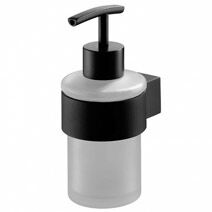




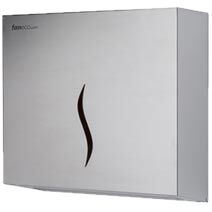











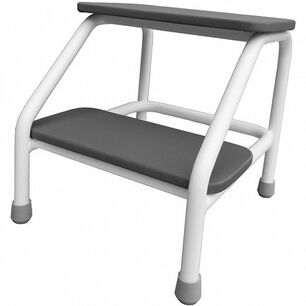

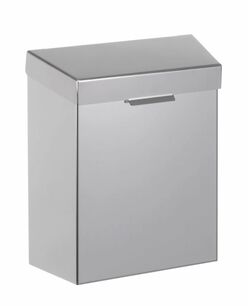
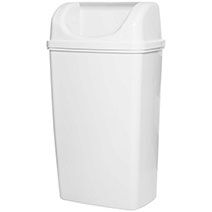







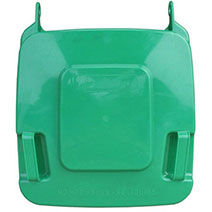

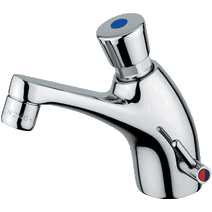


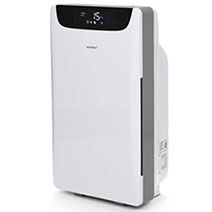
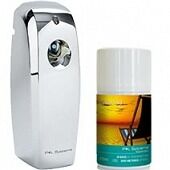









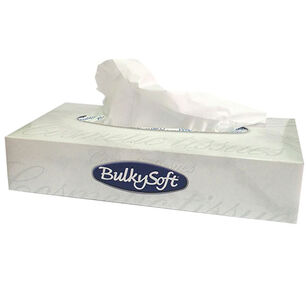







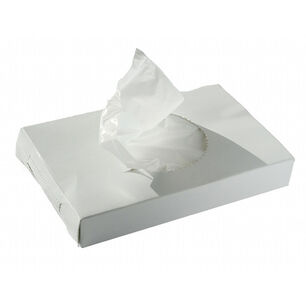







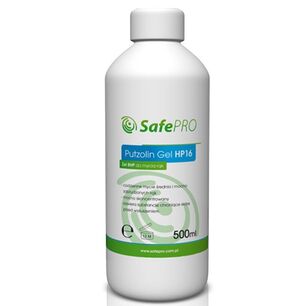




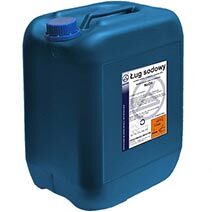



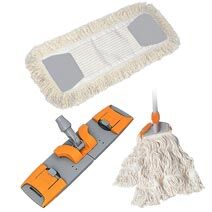



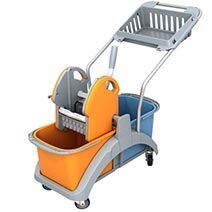
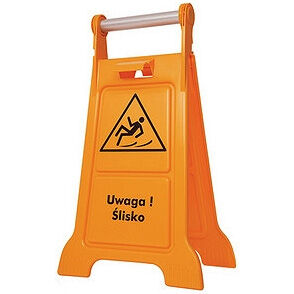


 Polski
Polski
 Czech
Czech
 German
German
 Spanish
Spanish
 Slovak
Slovak